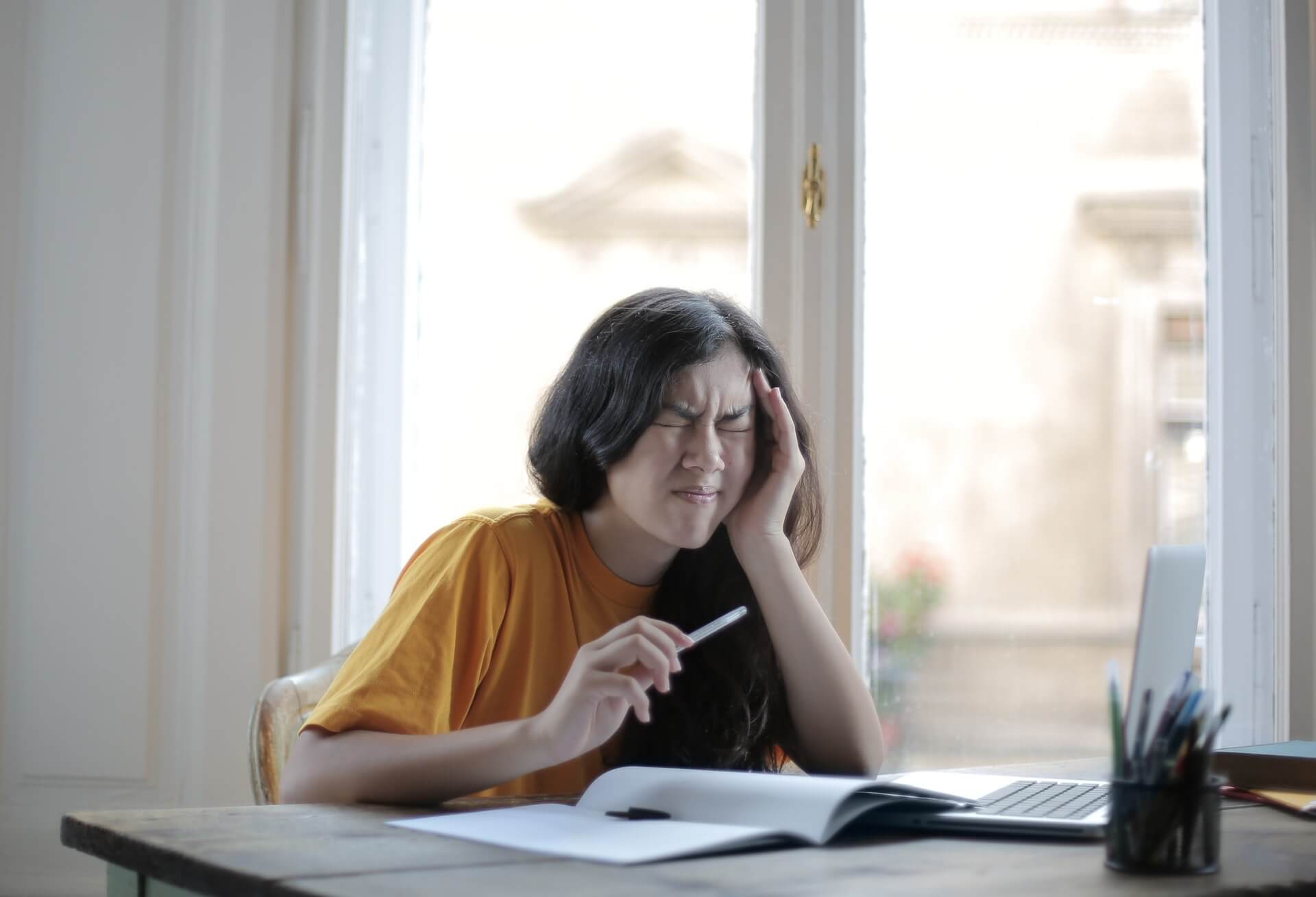OXFORD, England — Up to one in five adults suffer from a rare condition that means they get angry at the sound of people making noises such as chewing or breathing. Scientists say these individuals may have misophonia, a condition in which hearing others making minor sounds irritates them.
People with misophonia have strong negative reactions when hearing certain common sounds, like sniffing, slurping or yawning. Researchers at the University of Oxford estimate that 18 percent of the general population in Britain battle the condition. The sounds create a fight-or-flight response that triggers anger and a desire to escape.
‘The experience of misophonia is more than just being annoyed by a sound. Misophonia can cause feelings of helplessness and being trapped when people can’t get away from an unpleasant sound,” explains co-author Dr. Jane Gregory, a clinical psychologist with the Department of Experimental Psychology at Oxford, in a statement. “Often those with misophonia feel bad about themselves for reacting the way they do, especially when they are responding to sounds made by loved ones. More research is needed to understand what causes misophonia and how we can help those people whose symptoms disrupt their day to day lives.”
How does misophonia impact people?
Those surveyed were asked about common “trigger sounds,” the intensity of them, and their emotional response on a 10-point scale. Researchers also asked people about how these sounds affect their life, the way they see themselves, their personal and professional relationships.
They conducted interviews with 26 self-identified individuals with misophonia and 29 individuals from the general survey pool to establish a cut-off score for significant symptoms of misophonia. The new questionnaire allowed researchers and clinicians to measure these aspects of misophonia and see how things change over time.

Scientists found that 18 percent of their sample appeared to have significant symptoms of misophonia, which can include feeling “trapped” or “helpless” around these sounds. They also said they blamed themselves for the strong reactions and missed out on social events because of the impact of sounds on their state of mind.
For the general population, the most common negative response to these sounds was simply irritation, but not the feelings of helplessness.
There were no significant differences in how common misophonia appears based on gender. Researchers, however, found people above the threshold for the condition were an average 3.3 years younger than those below the threshold — a small but significant difference. The mean age was 46.4. About 14 percent of the sample was aware of the term misophonia prior to the survey, with 2.3 per cent self-identifying as having the ailment.
Shedding more light on the condition
‘Our study also suggests that many people may not recognize they have misophonia. We believe the scale we have developed will help us to understand misophonia better and will also help health professionals to support those who suffer from misophonia,” adds lead author, Dr Silia Vitoratou, Senior Lecturer in Psychometrics and Measurement at the Institute of Psychiatry, Psychology & Neuroscience at King’s College London. “This means that most people with misophonia do not have a name to describe what they are experiencing. Our team works hard to raise the condition’s profile and to provide clinicians with the tools they need to understand and assess misophonia effectively.”
Though these results are specific to the U.K., scientists suggested their survey may be useful to clinicians working in the misophonia field.
“Our survey captured the complexity of the condition,” adds Dr. Gregory. “It can be such a relief to find out that you are not alone, that other people react this way to sounds too. To find out that there is a word for what you are experiencing.”
There’s little research on how common misophonia is in a general population, though previous studies have reported estimates ranging from five and 20 percent within specific samples, such as university students.
The study is published in the open-access journal PLOS ONE.
South West News Service writer Chris Dyer contributed to this report.
